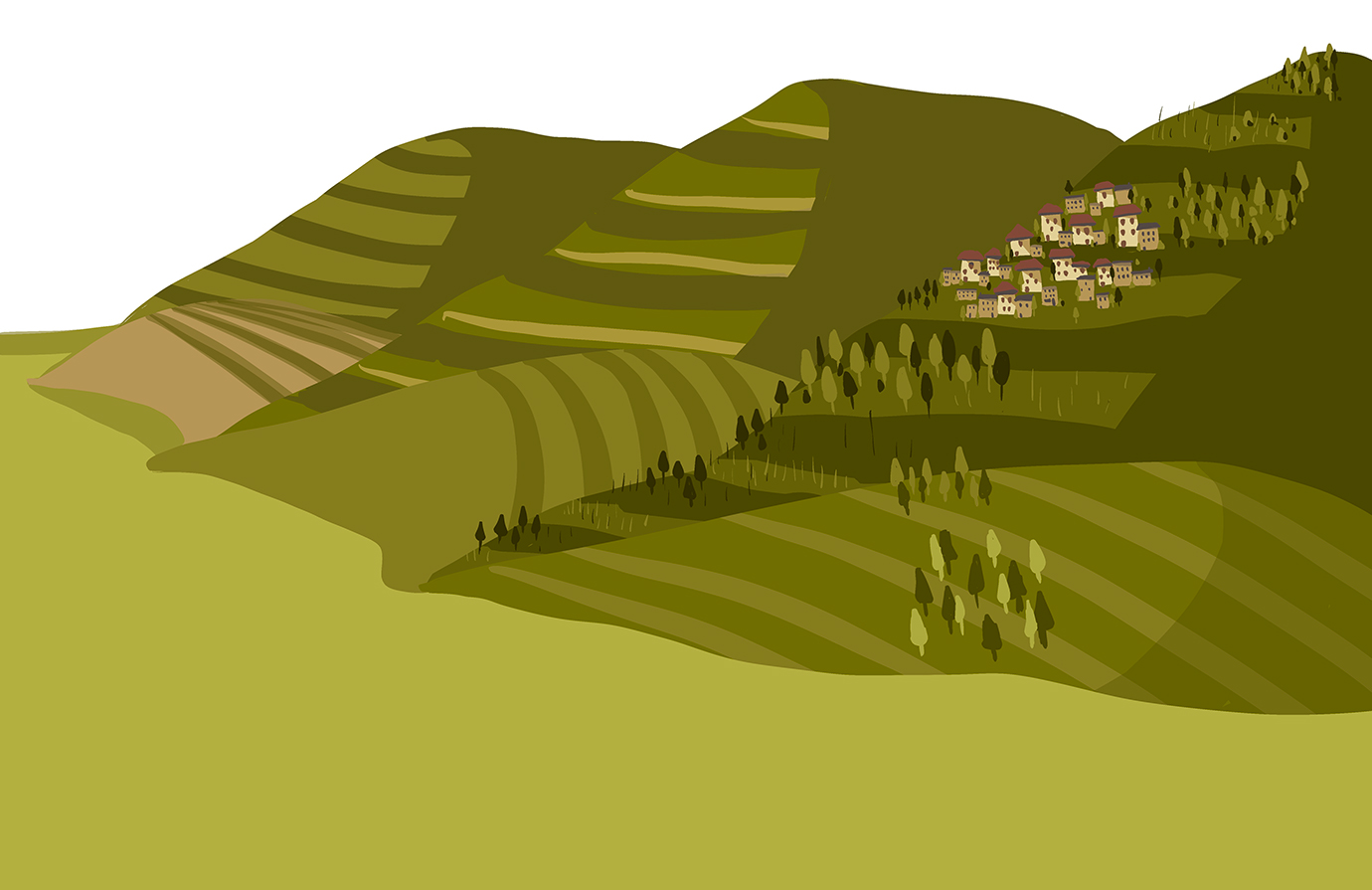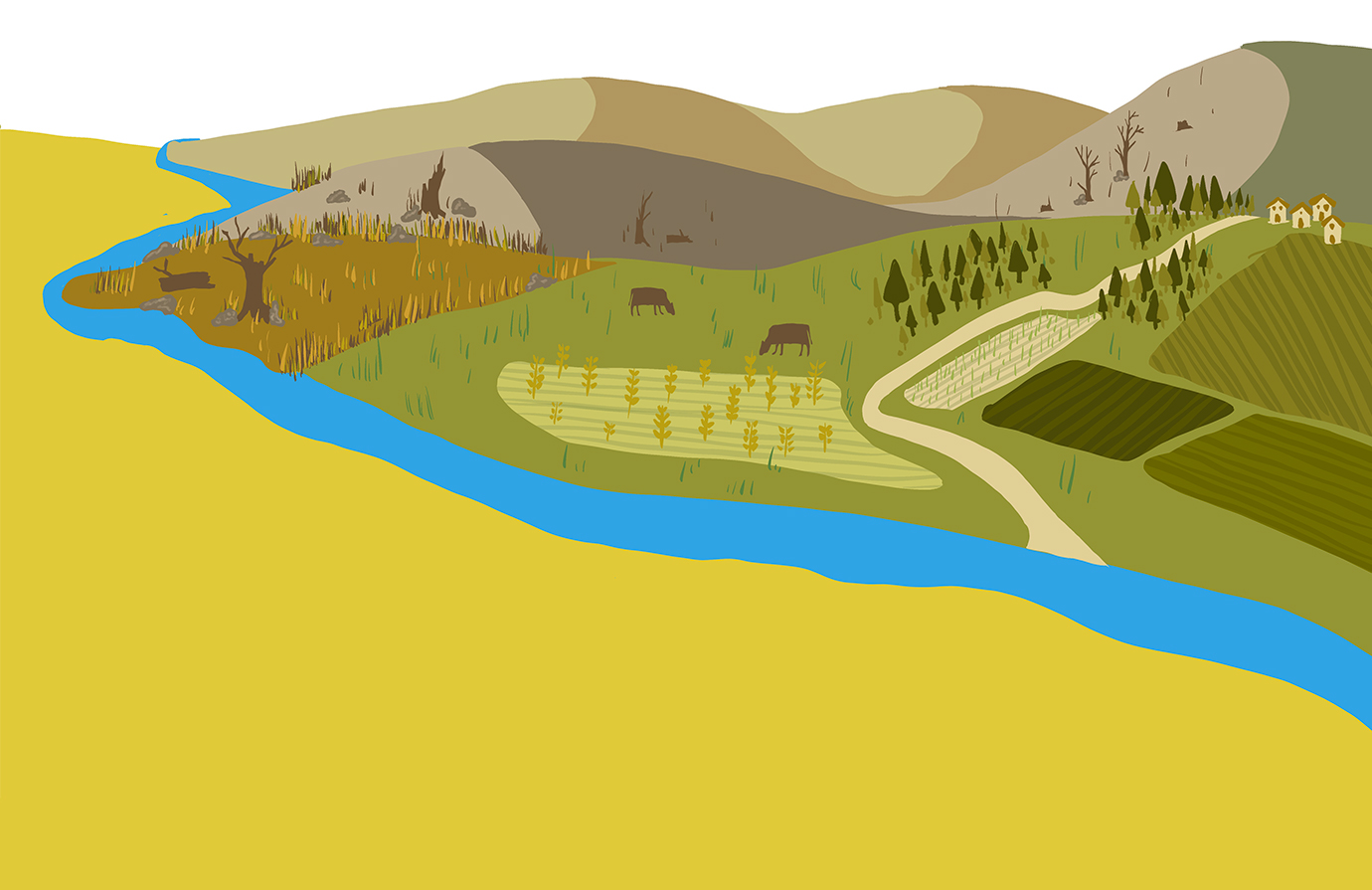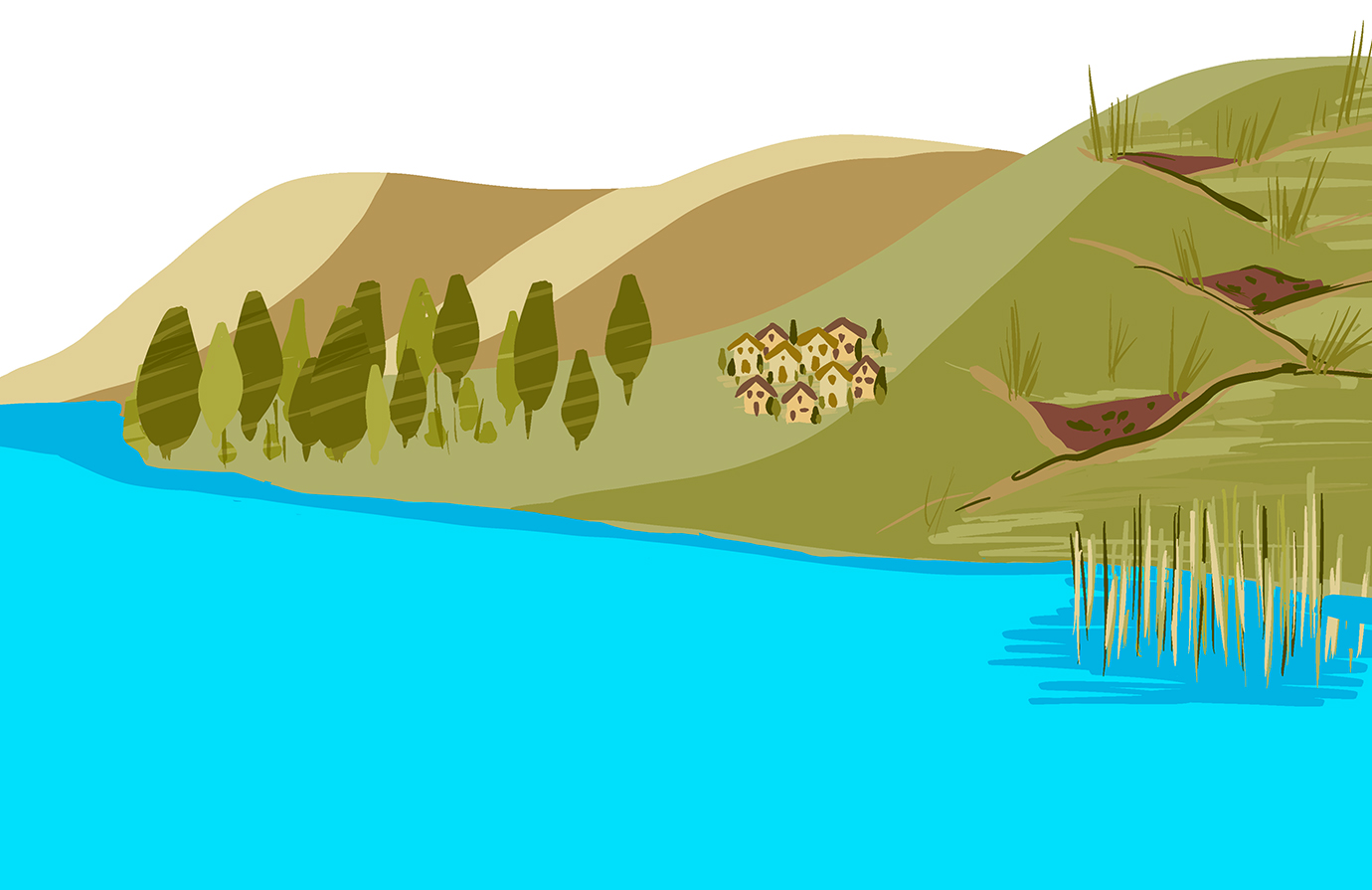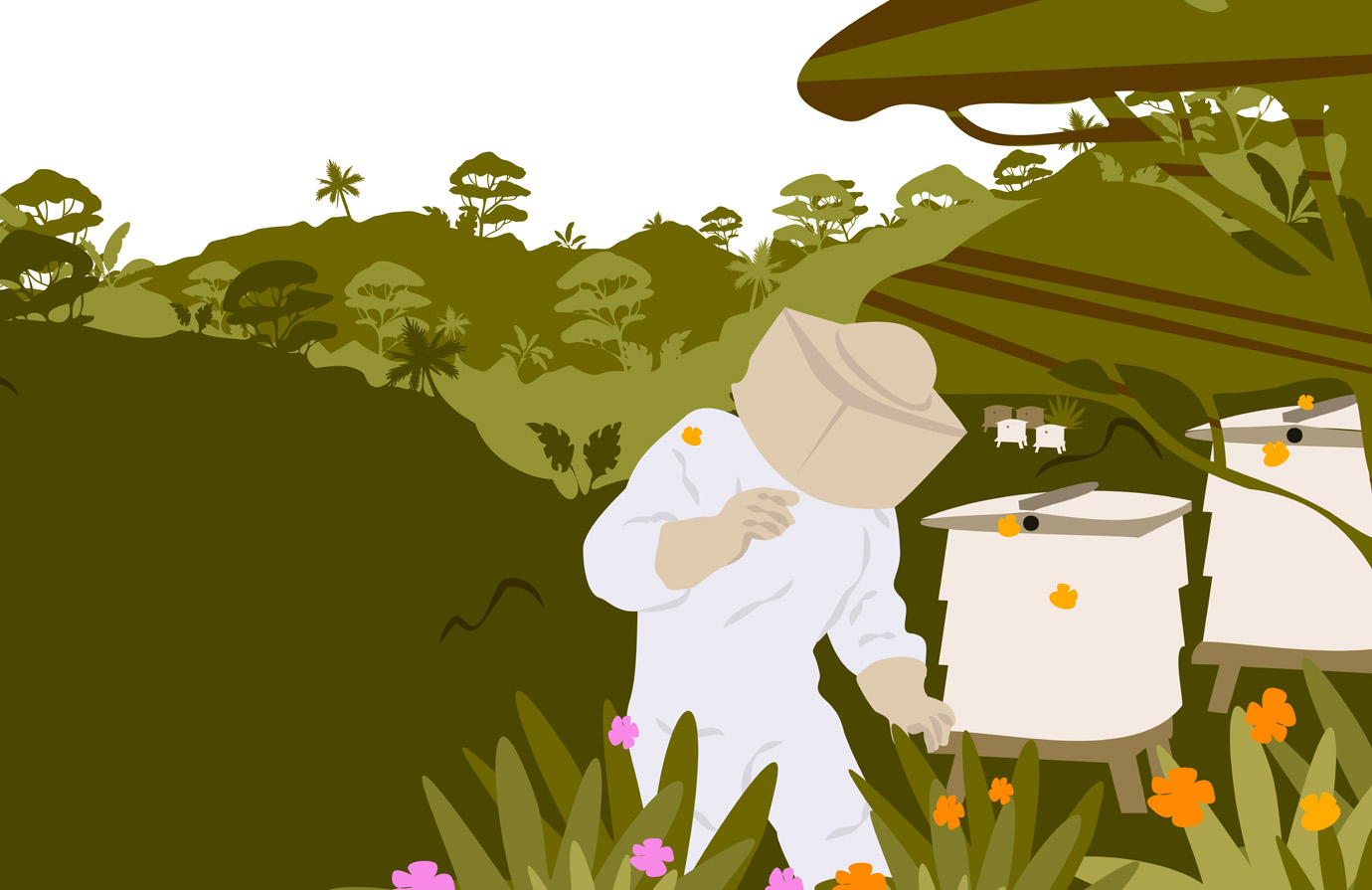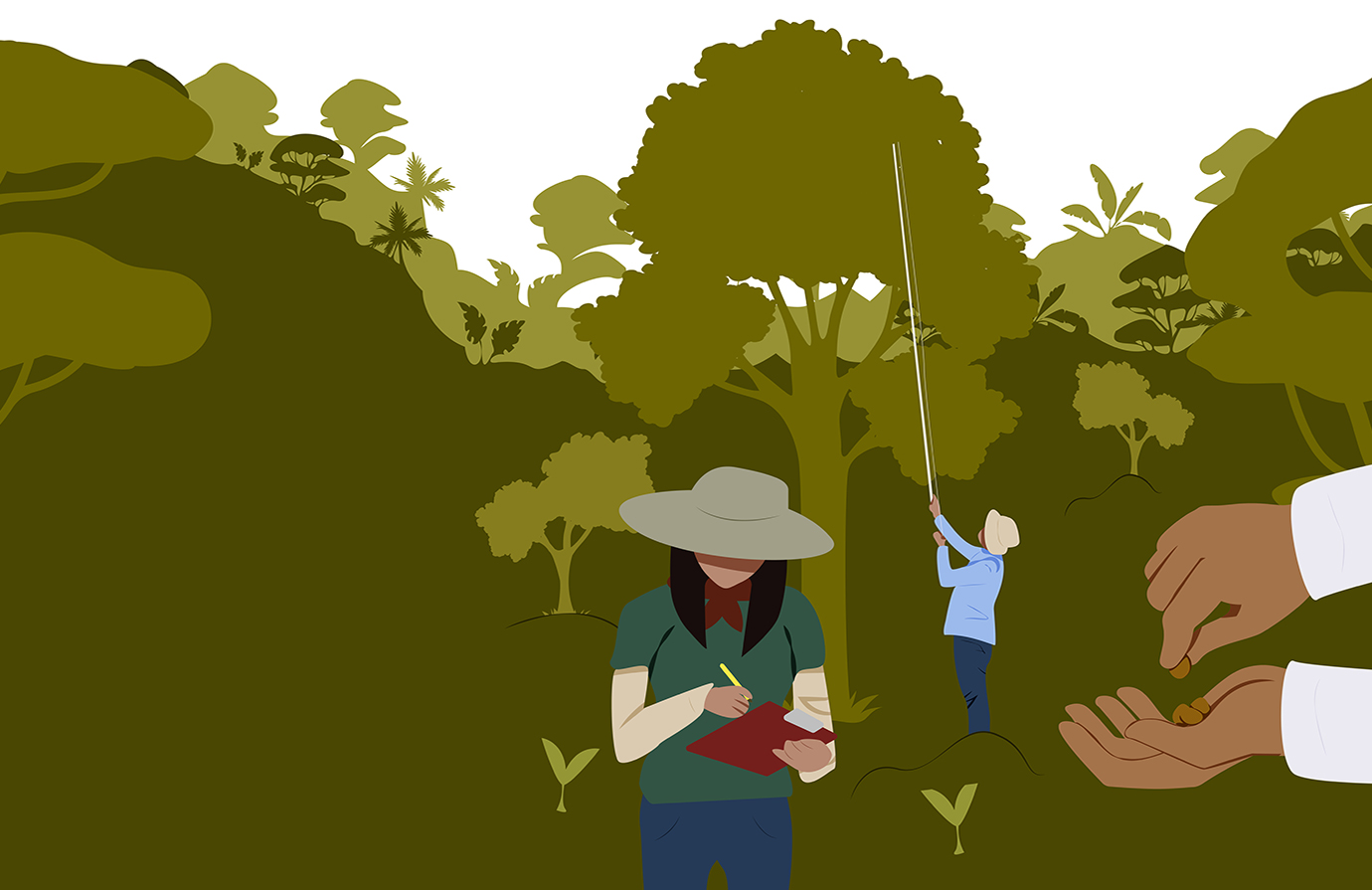Topic outline
-
-
Course
Introduction to forest and landscape restoration
Degradation of forests and landscapes impacts the global climate, and also the food security and livelihoods of communities. Forest and landscape restoration (FLR) is a process which brings stakeholders together to create healthy, resilient and productive landscapes and meet national, regional and global commitments. This course has been developed to introduce the key concepts and process of forest and landscape restoration.
45 m
-
Course
Sustainable financing of Forest and Landscape Restoration
To meet countries’ national commitments to restoring degraded landscapes, adequate public and private investments are needed to support the different steps of the FLR cycle. Financing sources are more efficient when used in a coordinated way. This course has been developed to improve the awareness and capacities of practitioners and policy makers to analyse FLR financial needs and opportunities, so that they are more effective at securing and coordinating funding for FLR interventions.
2 h 15 m
-
Course
Monitoring forest and landscape restoration
As countries work to meet their national commitments to restoring degraded landscapes, it is important that all FLR interventions have manageable monitoring systems in place, to assess progress towards specific goals, support adaptive management and ensure transparency. This course has been developed to equip practitioners with the capacity to design, plan and implement monitoring systems for FLR interventions.
45 m
-
Course
Developing bankable business plans for sustainable forest-based enterprises
This course has been developed to improve the capacity of small-scale producers, their organizations, and small and medium-sized enterprises to access investment and other forms of finance. Facilitating this allows these stakeholders to derive socioeconomic benefits from their participation in forest value chains, and also complements the resources of official channels in contributing to achievement of the Sustainable Development Goals (SDGs).
1 h 40 m
-
Course
Planning seed and seedling supply for forest and landscape restoration
This course explores how to plan seed and seedling supply for forest and landscape restoration (FLR). This includes the importance of considering seed and seedling origin and genetic quality, the reproductive and supply chain bottlenecks that reduce genetic diversity or adaptive capacity, and approaches, tools and institutional frameworks that can help ensure that quality seed and seedlings are available for diverse restoration objectives.
2 h

